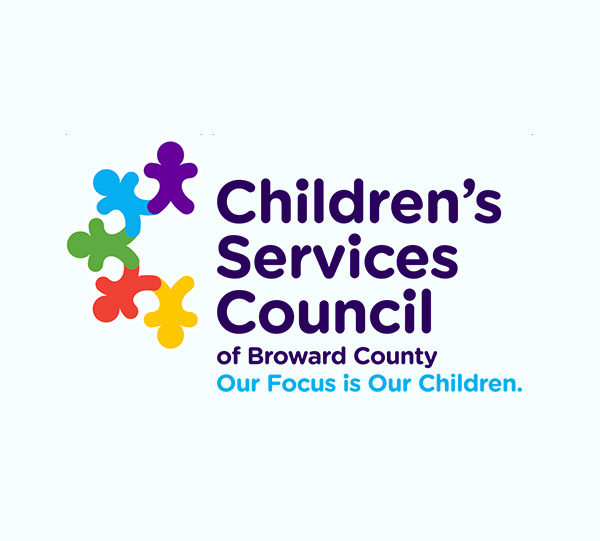The Many Impacts of the Therapeutic Equine Program
Resource Type
Family Resources
Resource Topic
Share this post

By: Molly Murphy, Executive Director of Equine-Assisted Therapies of South Florida
Entering a physical therapy office or rehabilitation center can be a sterile experience. The harsh lighting, mats, balls and exercise equipment – all purposeful and important – can be uninspiring. While therapy inside a clinic is an important part of the rehabilitative process, there is an alternative option that may provide an equal bene t for both children and adults with special needs. A therapeutic horseback riding or an unmounted equine assisted program can help garner tremendously powerful results – physically, mentally and emotionally.
Therapeutic riding and equine assisted programming offers a holistic approach to the development of the child or adult with special needs. The movement of a horse mimics the way an able-bodied person walks. During a riding session, a rider’s pelvis may move and rotate more than 2,000 times, which cannot be replicated on equipment in a gym or on a mat in a clinical setting. This movement allows dormant muscles to be activated, while also strengthening the core, improving posture and working on gross and fine motor skills. A child with Cerebral Palsy may experience relief from spasticity, as the horse’s movement gently helps lengthen and calm tight or overactive muscles. Another child with a Traumatic Brain Injury (TBI) may develop an increased range of motion or neuro involvement, helping to speed the recovery process. For those with developmental disabilities, mounted activities can help reduce sensory defensiveness, improve listening skills and social interactions with peer groups. A 2014 study produced by the University of Pittsburgh found that children with Autism Spectrum Disorder (ASD) who participated in a riding program “showed greater social motivation, sensory seeking, and a reduction in sedentary behaviors, inattention and distractibility.” The horse’s movement in conjunction with learning riding skills improves the “whole person,” by helping riders develop confidence, social and life skills that are important in school and home life. Many riders have often compared their experience to freedom and the opportunity to be treated like their able-bodied peers.
From an unmounted perspective, horses are just as powerful – mirroring the way humans feel and reflect, which helps individuals process trauma and life experiences. An Equine-Facilitated Psychotherapy (EFP) program, often performed in conjunction with talk therapy, helps clinicians and clients alike talk about experiences and outcomes, using horse and herd behavior as a tool. Programs like EFP can be utilized when working with individuals and children who have experienced hardship or trauma. Through an Equine-Facilitated Learning (EFL) program, students can learn elements of horse care and horse anatomy while also working on life skills and career development. Instructors utilize information such as an Individualized Education Program (IEP) to match educational elements with what is being taught in the classroom to help improve learning or socialization outcomes.
Many therapeutic riding centers utilize the time and treasure of volunteers, who dedicate their time to serve programs large and small. Volunteers can assist in program execution by leading horses during a lesson, or sidewalking – walking alongside the horse, providing physical or emotional support, helping the rider to follow through with directives from an instructor. Many volunteers learn horsemanship skills that help build confidence and leadership skills that can impact all facets of life. While existing horse experience is always welcome, a center will provide a new volunteer with any training or education that they will need to begin serving.
The true beauty of working with horses comes from the simple fact that they do not discriminate or judge. Horses teach individuals about themselves and allow their strength to be borrowed to achieve what may be thought of as impossible. Therapeutic horseback riding and equine activities level the playing eld – giving individuals with special needs an opportunity to focus on what they can do, instead of what they cannot. When a typical team sport may be out of reach, or the students at school don’t relate – the horse provides a relationship that is built on trust, ability and kindness.
Molly Murphy is the Executive Director of Equine-Assisted Therapies of South Florida (EATSF) in Coconut Creek, Florida. EATSF is a Premier Accredited Center with the Professional Association of Therapeutic Horsemanship (PATH) International. The organization offers mounted and unmounted programming – Therapeutic Riding, Hippotherapy, Equine-Facilitated Learning and Equine- Facilitated Psychotherapy. Visit www.equineatsf.org for more information or www.pathintl.org to find a center in your area.
References
1 From “Therapeutic Horseback Riding Outcomes of Parent-Identi ed Goals for Children with Autism Spectrum Disorder: An ABA Multiple Case Design Examining Dosing and Generalization to the Home and Community.” By M. Holm, J. Baird, et.al. Journal of Autism and Developmental Disorders, 44, Issue 4, pp 937-947


